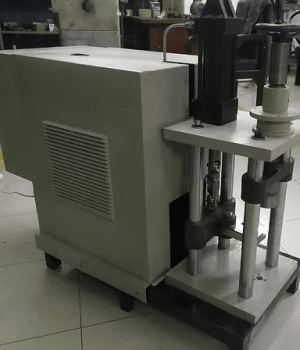
Product testing and inspection helps to identify any potential issues that may arise with the product before it is released to the public. Testing is an essential part of any product development process.
Without testing, a product could be released with serious flaws that could have been avoided. One example of not properly testing product before public launch is Samsung Note 7.
What can we learn from Samsung smartphone failure?
The first had to do with the size of the battery: batteries made by Samsung’s SDI group had a corner that was too small, bending negative electrodes and increasing the likelihood of short circuits. The second issue involved batteries that were found to have been improperly welded and came from a third-party supplier named Amperex Technology Ltd. Points left on the batteries might be able to penetrate protective insulating. Due to the phone’s lack of testing before release, that problem developed.
Therefore, it is important that all products undergo some form of testing to ensure their quality and reliability.
So, testing a product, developers can ensure that the product is safe and secure, meets the needs of its users, and functions as expected. Testing also helps to identify any potential bugs or glitches that could cause the product to malfunction or perform poorly.
Testing can include a variety of different methods, such as functionality testing, usability testing, performance testing, and security testing.
Some of our projects:

